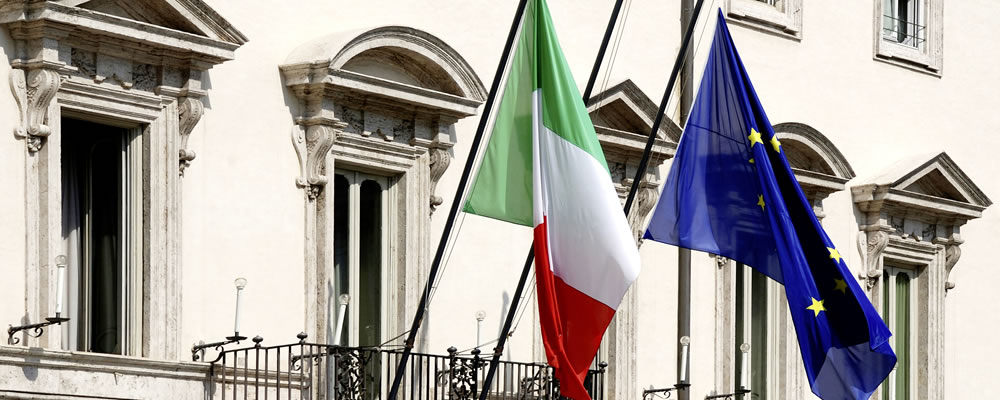Limited Italian Industrial Contraction Steadies Euro US Dollar (EUR/USD) Exchange Rate
As Italian industrial orders saw a much smaller contraction than forecast on the year in April this helped to keep the Euro to US Dollar (EUR/USD) exchange rate on a steady footing.
Although industrial output continued to decline investors still took encouragement as the sector showed some modest signs of recovery, offering the Euro (EUR) a boost.
However, as worries over the outlook of the Italian economy remain the ultimate impact of the data proved limited.
The latest German wholesale price index put some pressure on EUR exchange rates, meanwhile, as the figures failed to show any uptick.
As wholesale price growth eased from 2.1% to 1.6% on the year this added weight to bets that inflationary pressure across the Eurozone remains muted in the second quarter.
Given the already dovish outlook of the European Central Bank (ECB) this weaker showing left the Euro under pressure.
US Dollar (USD) Exchange Rates Look for Rally on Advance Retail Sales Rebound
Demand for the US Dollar (USD) could recover this afternoon, however, on the back of May’s advance retail sales figure.
Forecasts point towards a solid rebound in sales following on from the -0.2% decline seen in April, suggesting that sentiment among consumers has improved.
If sales see growth of 0.7% as anticipated USD exchange rates are likely to find a rallying point ahead of the weekend.
As long as consumers appear to be shrugging off the impact of ongoing trade tensions with China and other major trading partners this should improve the appeal of the US Dollar.
A rebound in May’s manufacturing and industrial production data could also encourage investors to pile back into USD exchange rates today.
However, as markets continue to expect the Federal Reserve to cut interest rates before the end of the year any US Dollar upside could prove limited.
Narrowed Eurozone Trade Surplus to Weigh on Euro (EUR) Demand
Looking ahead to next week, the Euro looks vulnerable ahead of Tuesday’s Eurozone trade balance figure.
Investors expect to see the trade surplus narrow sharply on the month in April, slumping from 22.5 billion to just 8.8 billion.
Fresh evidence of the negative impact of ongoing global trade tensions would leave EUR exchange rates exposed to renewed selling pressure.
With trade anxiety looking set to persist for the foreseeable future worries over the outlook of the Eurozone economy are likely to intensify, given its exposure to international trade conditions.
Further weakness may also be in store on the back of May’s German producer price index figures, with markets wary of additional signs of easing inflationary pressure.
Without evidence that price pressures within the currency union are picking up the mood towards the Euro looks set to sour, dragging the EUR/USD exchange rate down once again.



